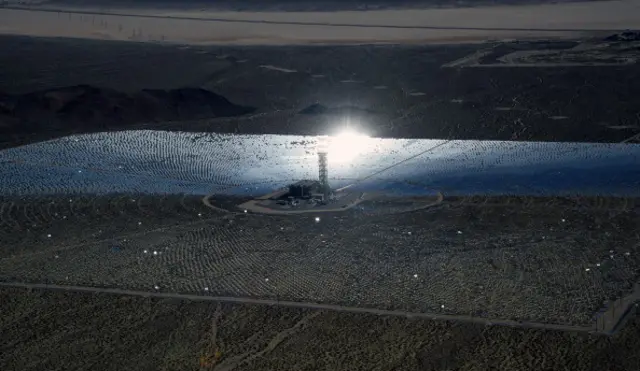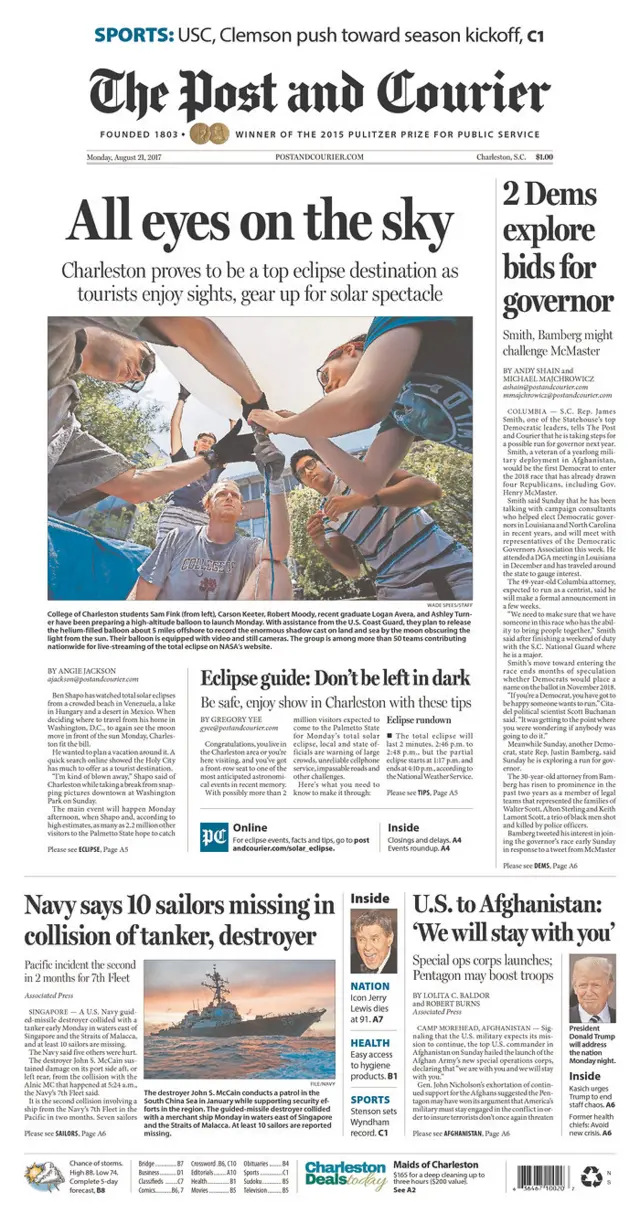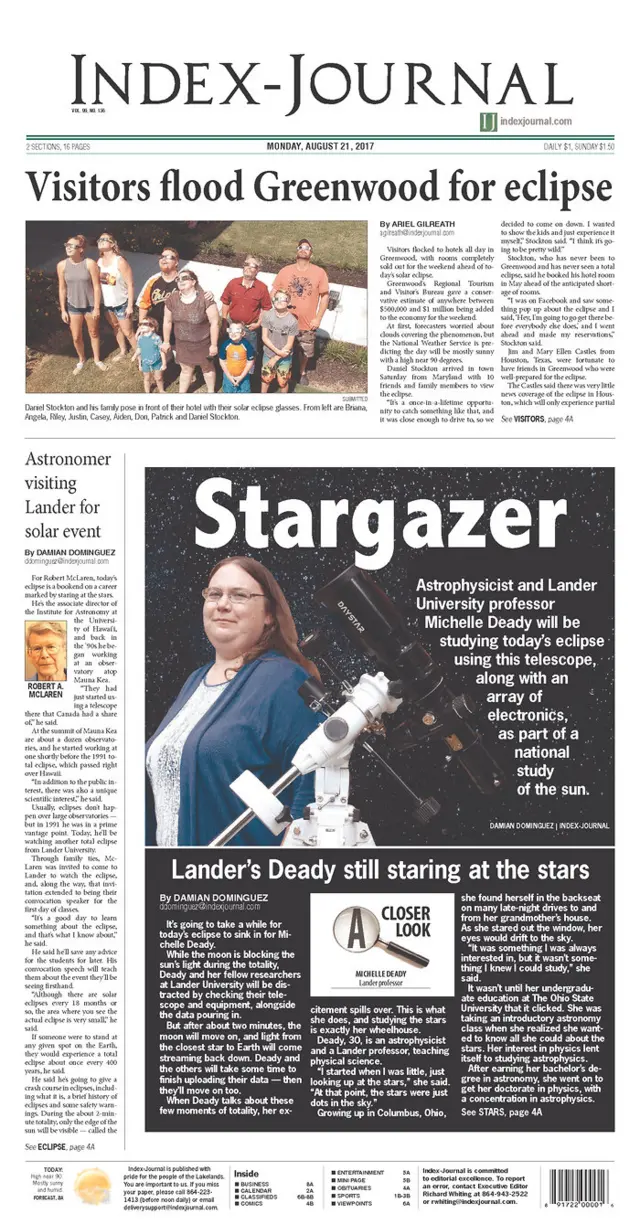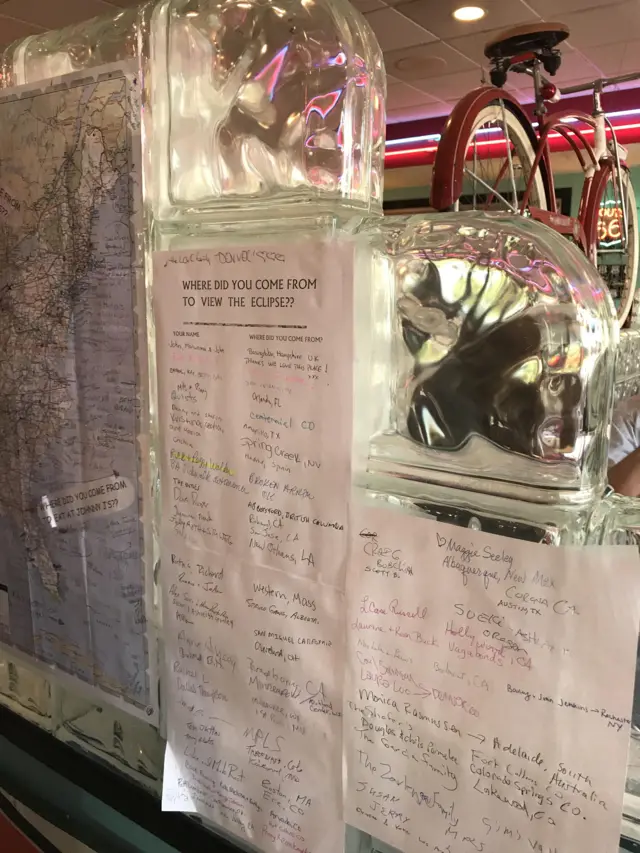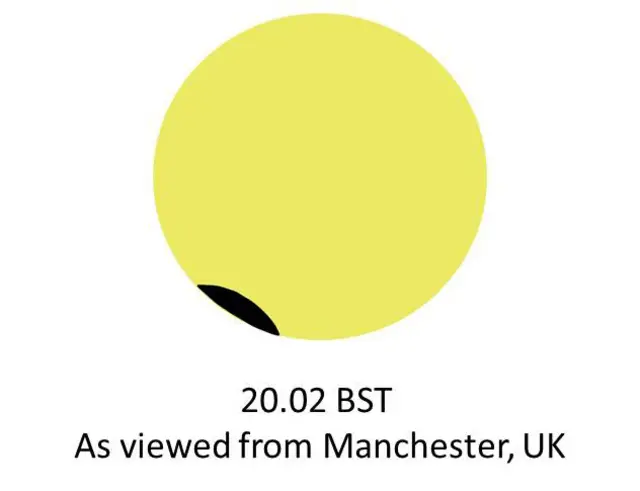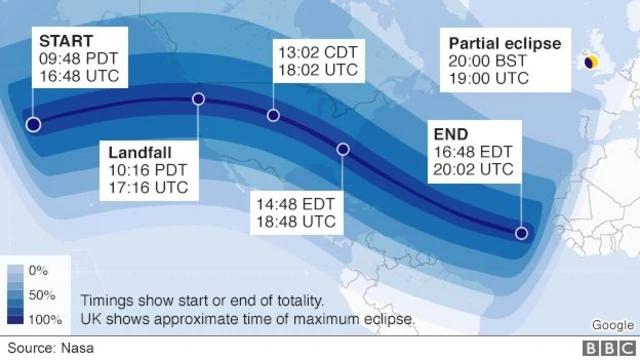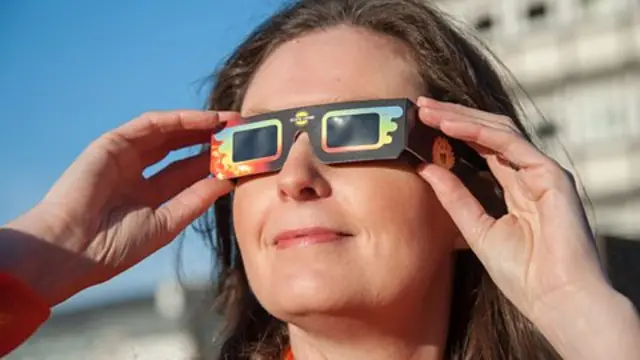Back to 1999published at 16:44 BST 21 August 2017
This time round we have Bonnie Tyler providing the non-official soundtrack, but if you turn around back to 1999, it was the Pet Shop Boys. They created a song for Radio One especially for the European eclipse.
Here's some highly excited coverage of the moment ...
Allow X content?
This article contains content provided by X. We ask for your permission before anything is loaded, as they may be using cookies and other technologies. You may want to read X’s cookie policy, external and privacy policy, external before accepting. To view this content choose ‘accept and continue’.
